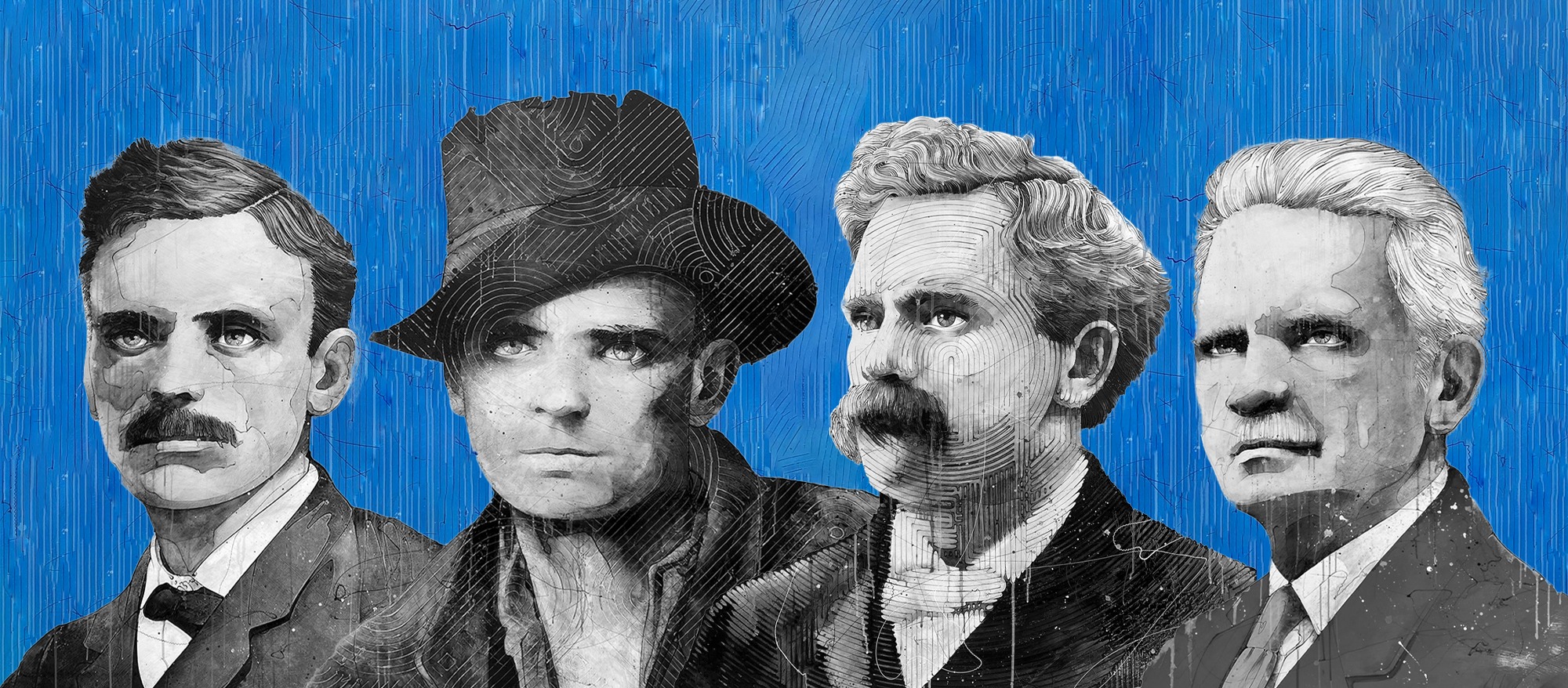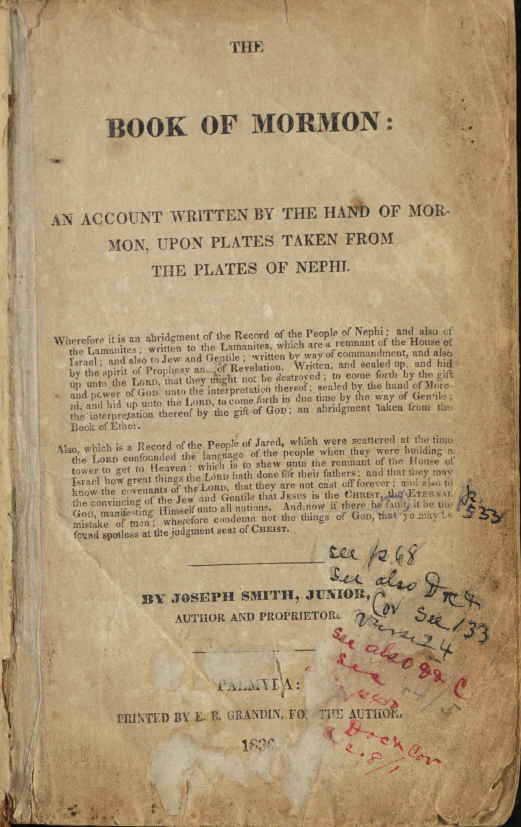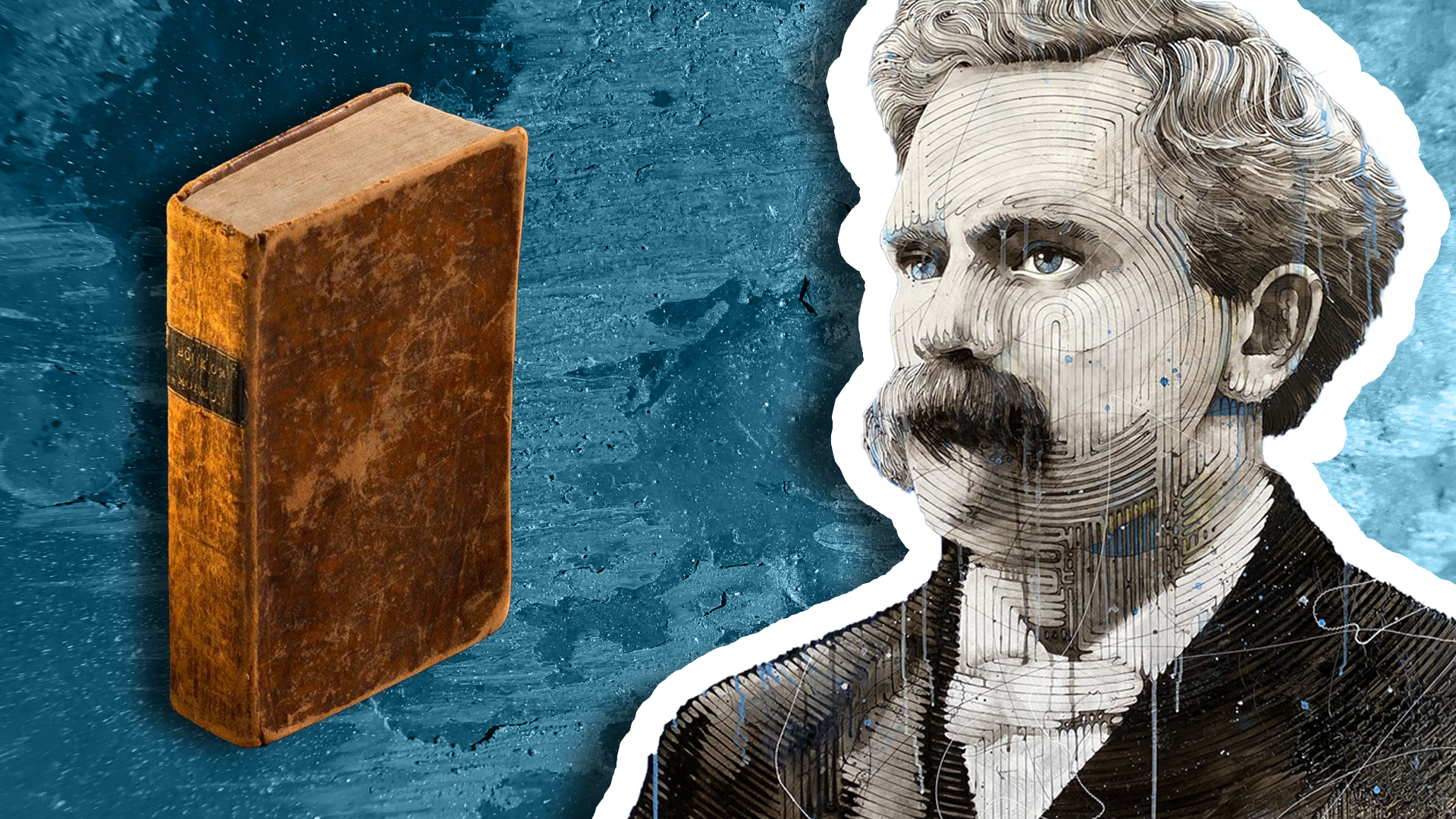When James F. Couch sent his list of challenging questions about the Book of Mormon to B. H. Roberts in November 1921, he probably expected a polite dismissal or a standard testimony-bearing response. Instead, he got something far more remarkable: one of the most rigorous scholarly investigations in early Church history.
Roberts—respected Church leader, prolific historian, and defender of the faith—could have easily brushed off Couch's concerns. Instead, he rolled up his sleeves and dove headfirst into the most thorough study he could manage, even if it meant grappling with some uncomfortable possibilities along the way.
The Man Behind the Books
Born in 1857, Brigham Henry Roberts became one of the most prolific Latter-day Saint scholars of his era, cranking out works like the History of the Church, New Witnesses for God, Outlines of Ecclesiastical History, The Mormon Doctrine of Deity, and The Life of John Taylor. As a member of the First Council of the Seventy, Roberts spent his life both ministering and defending the faith through serious historical research.
But Roberts wasn't just an armchair scholar. When missionaries William S. Berry and John H. Gibbs were brutally murdered by a Tennessee mob in 1884's Cane Creek Massacre, Roberts, as mission president, undertook the dangerous task of retrieving their bodies. To avoid the mob, he shaved his facial hair and dressed in worn, tattered clothing, going undercover to make sure these missionaries could receive a proper burial back in Utah.

The Questions That Started It All
In November 1921, Roberts received what would become one of the most challenging assignments of his scholarly career. A non-member named James F. Couch had sent him a list of questions about supposed problems with the Book of Mormon.
Roberts took the questions seriously and began looking into them. His research resulted in two documents: "Book of Mormon Difficulties: A Study" and "A Book of Mormon Study." In January 1922, he privately presented both to Church leadership.
The first manuscript acknowledged the challenges he'd identified but didn't treat them as definitive proof against the Book of Mormon. In the second, Roberts explored whether Joseph Smith might have been influenced by View of the Hebrews. Here, Roberts noted seeing some parallels between the two books. For more on View of the Hebrews, check out the Mormonr Q&A.
If you're wondering how Roberts felt about these questions, here's what he told President Heber J. Grant in a letter on January 9, 1922: he was confident that in time, he would find "vindication of what God has revealed in the Book of Mormon," even if current answers seemed "very inadequate."
A year later, in another letter to President Grant, Roberts emphasized that his research was conducted "from the viewpoint of an open mind, investigating the facts," but that "what is herein set forth does not represent any conclusions of mine." He also stated, "Our faith is not only unshaken but unshakeable in the Book of Mormon, and therefore we can look without fear upon all that can be said against it."
Before he could continue these studies—despite Church leaders offering to support him by appointing an apostolic committee to assist—Roberts was called to serve as president of the Eastern States Mission, a position he held from 1922 to 1927.
After completing his mission, Roberts revisited his research one final time, creating "A Parallel," which he presented to Apostle Richard R. Lyman. As he explained, his goal was to prepare "our future Defenders of the Faith" so they wouldn't be caught off guard by attacks.
Roberts died in 1933, and evidence suggests he never intended for these studies to be published. But when they surfaced decades later, they sparked a debate about his testimony that continues today. To take a deep dive into this, see Mormonr's "B. H. Roberts's Testimony" Q&A.
The Legacy of B. H. Roberts
In 2024, the University of Utah digitized Roberts's personal copies of the 1830 first edition Book of Mormon and the 1825 second edition of View of the Hebrews. These marked-up volumes offer a window into Roberts's mind and include his annotations, underlined passages, and marginal notes.

Roberts also left a legacy of his faith. Between January 1922, when he presented his findings to Church leadership, and September 1933, when he passed away, Roberts spoke often of his faith.
In the October 1923 General Conference, Roberts called the publication of the Book of Mormon "the greatest literary event of the world since the writing of the Decalogue by the finger of God." He emphasized its central message about Christ's visit to the Nephites.
In January 1924, he wrote about Christ's ministry among the Nephites. In October 1926, he testified that God had given Joseph Smith "inspiration" to translate the Book of Mormon. During the April 1928 General Conference, he cited the Book of Mormon as scripture that enlightens "the children of men."
And in one of his final sermons in June 1933, Roberts declared that God had given Joseph Smith "power from on high to translate the Book of Mormon, and thence followed all which brought forth the New and Last Dispensation."
Even private comments suggest the same thing: Roberts remained convinced of the Book of Mormon's divine origins.
Like Mormonr? Sign up for our newsletter to receive updates on the latest blog posts, Q&As, and Mormonr projects.


